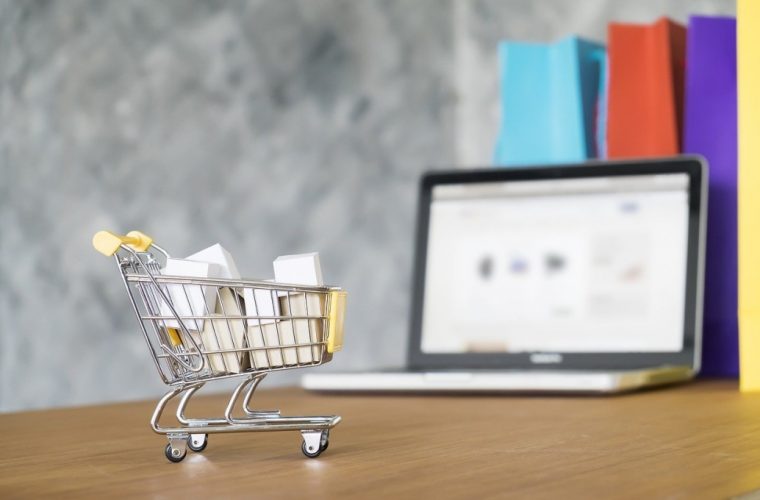
3 Ways Independent Retailers Can Compete Using Amazon
The latest data from Statista suggests that Amazon may account for 50% of the entire e-commerce retail market this year. It’s no surprise, given that a massive chunk of its customer base consists of Prime account holders. They enjoy benefits such as free same-day, one-day, or two-day deliveries, as well as better deals, motivating them to spend more.
Perhaps Amazon’s growing hold over the e-commerce business can also be attributed to the current pandemic. Analysis conducted by IBM found that COVID had accelerated the shift from physical stores to online formats by five years. Department stores suffered, while online stores provided the convenience of shopping without ever leaving the house.
If you’re an independent retailer looking to make a buck or two in this status quo, online shopping is the name of the game. But, playing it takes more than opening an account and putting every item you have up for sale. With millions of retailers also selling on Amazon, your online selling strategy needs to make you stand out among the competition.
For a quick start, this complete guide will guide you through the process of selling on e-commerce platforms. It outlines everything from choosing your products to picking your ideal suppliers. But, if you want to maximize your advantages, here are several good ways:
Pick An In-Demand Product
Once on Amazon, your product will go up against millions more like it. Searching for “smartphone cases” will yield a ton of results, categorized by relevancy by default. As you’re just beginning on Amazon, your product might not be relevant enough yet to sit on the top results.
In this case, it’s important to establish a sizeable demand for the product first. Pick items that:
- Can sell more than ten units a day
- Can sell at two or three times the production cost
- Can easily be transported to reduce delivery cost
- Don’t matter whatever the brand maybe
- Are unique enough to fulfill a specific niche
Some of the most popular product categories on Amazon include electronics, toys, books, clothing, and pet accessories. If your product fulfills the fifth consideration, you can satisfy a need for even the least searched categories.
Be Specific With Attributes
One widely-used feature in Amazon allows customers to narrow down their searches by cataloging their attributes. For example, if one searches for “women’s shoes,” Amazon will draw up relevant characteristics on the side, such as brand name, type, color, and size. Similarly, customers can type in the attributes along with the keywords.
The more information your product comes with, the more it stands out in narrowed-down searches. As the item builds demand, it’ll gradually creep into the rankings for much broader searches. Don’t try to muscle your way into an area with millions of similar products; focus on standing out among far fewer competitors.
Keyword research is another effective method. Looking for keywords that can trigger product ads on Google can help build an item’s profile. The best keywords for your product will depend on its nature. Will it sell as a generic item? Will it fill a niche?
Take Advantage Of Fulfillment By Amazon
It won’t matter if your products are among the best priced if they can’t fulfill the demand. Almost all Amazon users expect their purchases to be delivered either on the same day or the next. They’re even willing to pay a premium to make either delivery option happen.
Many sellers consider fulfillment to be the most challenging part of any transaction, which is why Amazon helps make it easier through Fulfillment By Amazon (FBA). This logistics system allows the seller to focus on marketing by letting Amazon handle storage, delivery, and tracking aspects. At peak times, FBA can process more than 400 orders per second.
With Amazon guaranteeing free deliveries for Prime members, the cost gets passed on to sellers. The FBA charges a fee based on the item in question, starting at USD$ 2.50 for non-apparel things like books. The size and choice of delivery option also factor in the overall fulfillment fee, reaching upwards of USD$ 10.00 per item.
Before you consider FBA, it’s best to determine if its benefits will outweigh the costs. Fortunately, you can run the numbers using online FBA calculators.
Conclusion
The time of the online marketplace is now. Even after the pandemic blows over, most businesses will likely keep selling online instead of reopening their brick-and-mortar store. But, whatever you choose in the future, you’ll need to step up your game if you want your business to thrive.
With that said, start selling online. Amazon is waiting.














